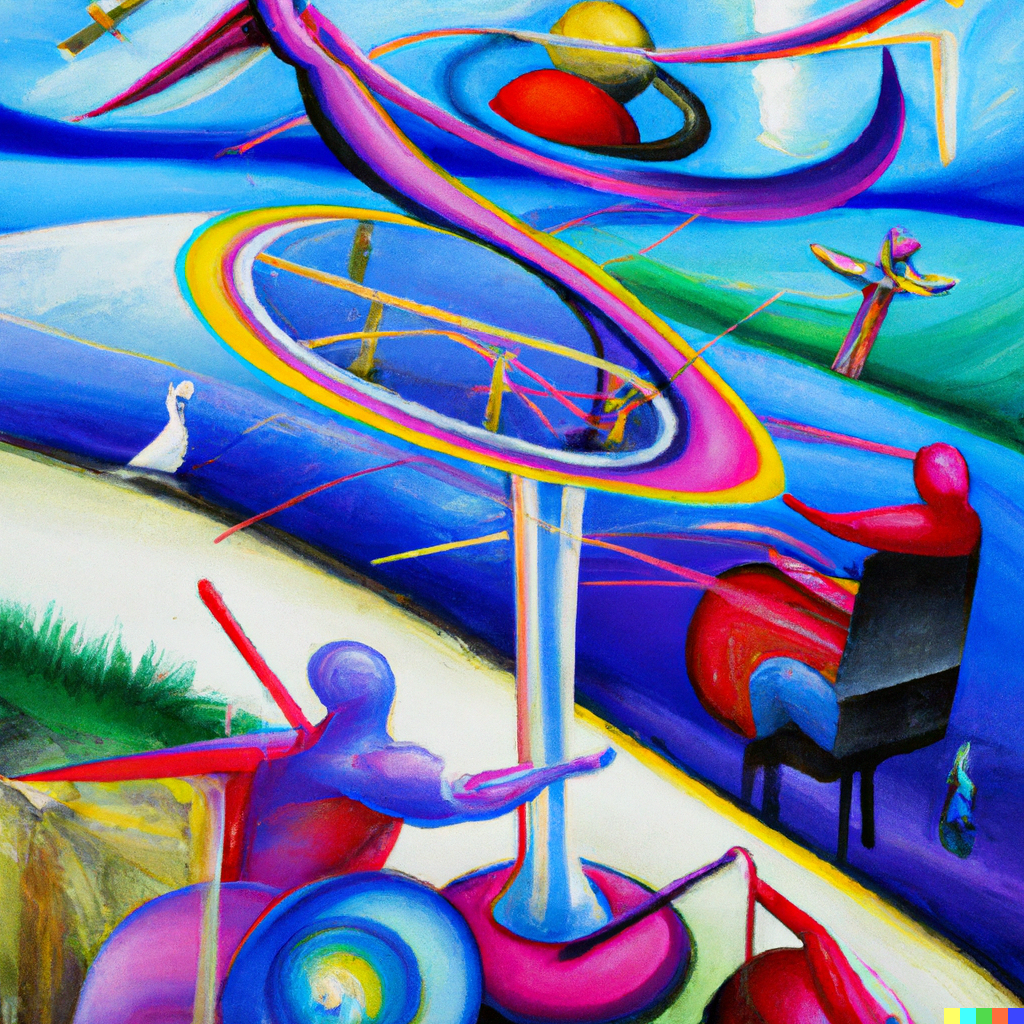Evolving Law
Dr. Thaler, who requested copyright protection for an AI-generated artwork with the AI as the author, thinks that US copyright law is biased towards humans since it only recognizes human authorship. His lawyer Ryan Abbott stated that “AI is able to make functionally creative output in the absence of a traditional human author and protecting AI-generated works with copyright is vital to promoting the product of socially valuable content.” With fair and transformative use being so closely tied to the freedom of expression, numerous questions regarding authorship rights for AI, and all those involved in the generation of its art, arise.
Even if the law maintains its requirement for human authorship, denying authorship rights to the AI itself, the question of how human authors that are involved, sometimes invisibly, in the everyday creation of AI art still needs consideration. The data and rulesets which allow the AI to process and generate art are results of human creativity, making the question of authorship for AI art exceedingly complex. Humans are the engineers behind the code, the artists behind the images in the datasets, and the writers behind the prompts that lead to an output. Legally addressing these complications in authorship is imperative for rights and compensation of creators, especially with the increasing commercial interests in AI.

"Legal evolution as an abstract painting," DALL-E 2, 2022
One position argues that the way to address the concerns and complications surrounding the authorship of AI-generated art is with a moral rather than legal approach. Many AI art generators are designed to remove artists' signatures and watermarks from original works before they are used as training data. This is not unlike the current practice in the art world of deriving work from, or even copying, the styles of another artist. Artistic ideas and styles are frequently copied, which may be more of an ethical problem than a legal one in cases of minor influence.
As the law stands currently, however, AI-generated artworks are free and unprotected due to the lack of human authorship, which means anyone can use them. Two legal evolutions could occur, both of which assume that AI itself will not be granted authorship rights:
-
Refuse copyright protection for AI-generated artworks: Nothing really changes from the current state of US copyright law, and no one is considered the author of the work.
-
Grant authorship to the person making the arrangements for the creation of the work: It is unclear if the person arranging for the creation of the AI art is the programmer or the user but case-by-case assessment to determine if the user made an artistic contribution (in the form of a prompt) could resolve this ambiguity.
Ideally the law would evolve with the latter or a similar approach to makes steps toward a consideration of artistic processes and work, although that would not completely alleviate the concerns of artists whose work informs the AI. Without the assumption that human authorship is required, however, the AI itself could be considered an entity with rights to authorship and expression. Whichever way the law might evolve, it is evident that it is outpaced by technological and artistic development. The cases of Rogers v Koons and Warhol v Goldsmith demonstrated that tension between artistic freedom and copyright law is prevalent. A holistic and considerate approach to new technologies and the future of US copyright law is essential to the freedom of expression for all creators.